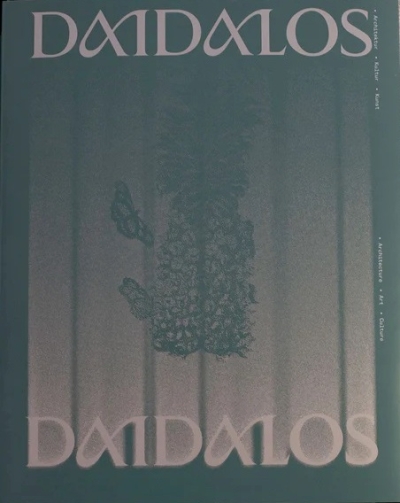
The Mysticism of Money. Precisionist Painting and Machine Age America
Andrew Hemmingway overturns orthodox views of Precisionist art, and more generally, of American Modernism. A trio of neglected artists-Stefan Hirsch, Louis Lozowick, and George C. Ault-are finally accorded in-depth analysis; and, drawing on an unrivaled knowledge of left-leaning politics, Hemingway connects Precisionism to a milieu in which experimental theater, a wave of "little magazines," and engagement with communist politics stirred debate and conflict.
Ault, Lozowick, and Hirsch, though exhibited and reviewed during the 1920s, were relegated to the margins of art history in the wake of efforts to restrict Modernism to the development of an asocial, apolitical formalism that provided a complement to the anti-communism of the cold War years. By contrast, Hemingway demonstrates that in the 1920s, before Stalin had fully consolidated his power, various strains of socialism attracted US intellectuals and activists from Sherwood Anderson to John Dos Passos and artists such as Lozowick. The dehumanizing impact of the capitalist system was the chief target of critique that, in some of the most memorable passages in this book, is shown to inform Lozowick's as well as Hirsch's and Ault's choice and handling of industrial and city scenes.
The Mysticism of Money starts with an overview of key ideas in early twentieth-century assessments of capitalism's failing before devoting a chapter to each of the life and career of Hirsch, Lozowick, and Ault. Many of their paintings and prints are reproduced for the first time, giving readers a vivid introduction to this important legacy. Hemingway's research into archival material, including unpublished correspondence, is woven into a compelling account of the artists' travels, their exchanges with European art, especially with Neue Sachlichkeit in Germany, and their responses to the social and political turmoil of their era.
Andrew Hemingway is Professor Emeritus, History of Art, University College London. His earlier books include Landscape Imagery and Urban Culture in Early Nineteenth-Century Britain (1992) and Artists on the Left: American Artists and the Communist Movement, 1926-1956 (2002), as well as the edited volumes Art in Bourgeois Society, 1790-1850 (1998, with William Vaughan) and Marxism and the History of Art: From William Morris to the New Left (2006).










































































![Attending [to] Futures Cover](/sites/default/files/styles/400/public/media/coverbilder/9667928300001A.jpg?itok=rApLfGZY)






















